So, are our readers into sandplay or not? We'll get to that, but before that, a big thank you to the 32 people who, in the space of 48 hours, responded to our mini-survey “For or against pitches with no apparent sand?” The subject obviously interested you and gave rise to a lively debate on our page Facebook.
But enough of the suspense: out of the 32 respondents, only 8 prefer to play on sandy grounds and 24 prefer tracks with no apparent sand! Clearly, three out of four players prefer courts without sand…
What you love about sand pitches
■ Speed and comfort.- Aficionados of sand courts appreciate the playing comfort they provide, in particular by allowing slides, a bit like tennis on clay. Moreover, they like the fact that the sand promotes a fast and powerful game, which generally appeals to good tennis players, especially the “hitters”.
■ Superior durability.- You rightly point out that sand increases the durability of tracks covered with it. It also absorbs moisture and therefore appears to be a good choice for outdoor courts.
■ A more advantageous price.- In addition to their purchase price, which is often lower, sand tracks are all the less expensive as they generally last longer. But that obviously supposes to maintain them well, remember.
What you like about pitches with no apparent sand
■ Praise of slowness.- On tracks without visible sand, there are “more exchanges because the game is slower, much more tactical, I much prefer”, says Lucas. Like him, several other players appreciate this (relative) slowness which promotes the beauty of the game and generates exchanges of madness. This same slowness becomes an asset where fast game enthusiasts see a defect.
■ Fewer slips.- There are sliding fans and people with allergies: the latter are in the majority among our respondents. Jean Lic, for example, finds land without sand “less dangerous” because he fears “uncontrolled slips”. Franck remarks that there is “no need to sweep these tracks regularly” resulting in “less risk of accidental slips when the ground is not swept and there are piles of sand”.
■ Fewer injuries.- Whoever says fewer untimely slips means fewer uncontrolled skids and therefore fewer injuries, in the opinion of several respondents. But Renaud believes that “if the carpet is too high or thick, the sole can catch and then we risk spraining”.
■ Hygiene.- Some players, perhaps maniacs, judge these terrains to be “less dirty”. Because sometimes, a single grain of sand can stop a beautiful mechanism...
■ Blue is beautiful.- A uniform ground, not sanded, is considered more “aesthetic”, “pretty”, and “more readable” for filmed broadcasts, thanks to a better contrast.
The disadvantages of less sandy ground
■ Wet wet wet.- Several respondents point out that tracks with no apparent sand and humidity do not go well together and make these terrains slippery. It's "complicated outdoors in rainy regions," says TucheDaddy.
■ Other injuries.- Not being able to slide sometimes means blocking your support and injuring yourself. Most players are aware of this, like Johann, who tore “the cruciate ligaments on a pitch without sand”.
■ Watch out for “stripping off”. - Some respondents point out that the less sand you put on the carpet, the more likely it is to peel off the carpet. In fact, a sandy ground contains on average 3 tons of sand, against 2 tons for a ground without visible sand. A weight that can sometimes be missing.
■ False bounces.- A majority of respondents consider the bounces to be “more regular” on unsanded tracks. But some complain of “bubbles” when a carpet is poorly laid or the base is irregular. This was for example the case during the WPT in Toulouse this year, because the wooden floor was warped in places, following water infiltration.
The slower it is, the more fun it takes
I am 100% for the no apparent sand! A slower pitch favors rallies – and the more rallies you play at the padel, the more fun – and the less maintenance. The problem with sand pitches is that 90% of clubs do not maintain them properly, the sand is unevenly distributed, it gives false bounces in all directions and there are certain parts of the pitch where you try to slide in vain because there is no more sand there… This causes a lot of ankle sprains, unfortunately.
Tom Mitjana, French No. 23
weather resistance
As Pierre points out, “we are heading towards a majority of pitches without sand”, especially in private clubs wishing to offer in conditions close to those of the padel professional. But this same Pierre judges that "a true player of padel must know how to adapt and play on any type of surface, slow, fast, padel classic, panoramic, etc. Above all, knowing how to adapt!”
This debate on the sand, you can continue it here on our Facebook page.
After 40 years of tennis, Jérôme falls into the pot of padel in 2018. Since then, he thinks about it every morning while shaving… but never shaves pala in hand! Journalist in Alsace, he has no other ambition than to share his passion with you, whether you speak French, Italian, Spanish or English.




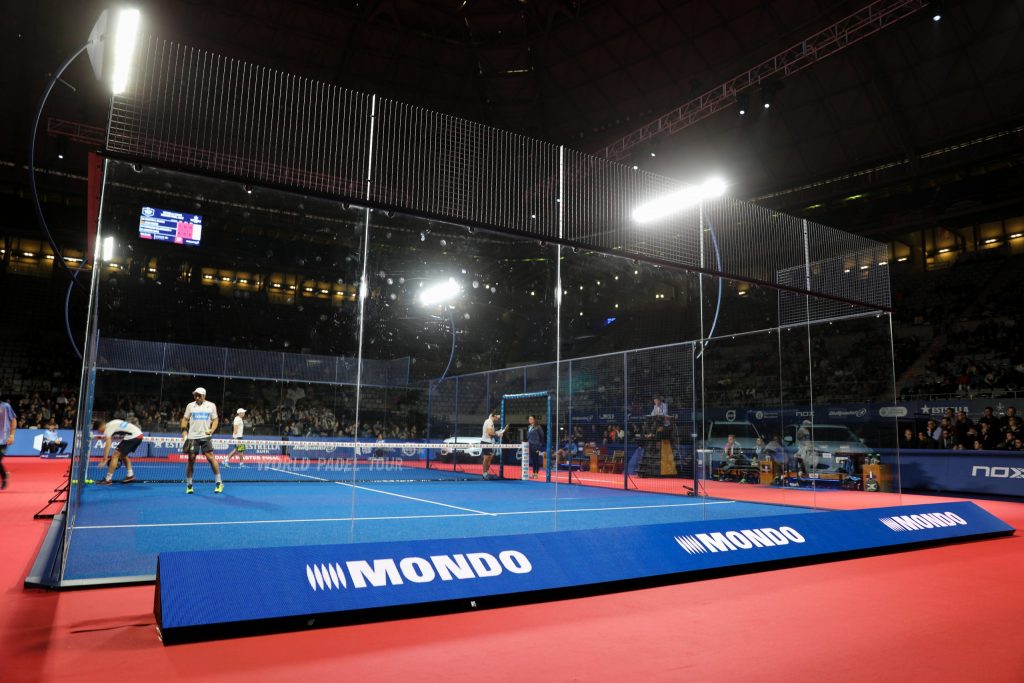
































































































 Premier Padel Brussels P2 – The women’s Big 4 at the semi-finals!
Premier Padel Brussels P2 – The women’s Big 4 at the semi-finals!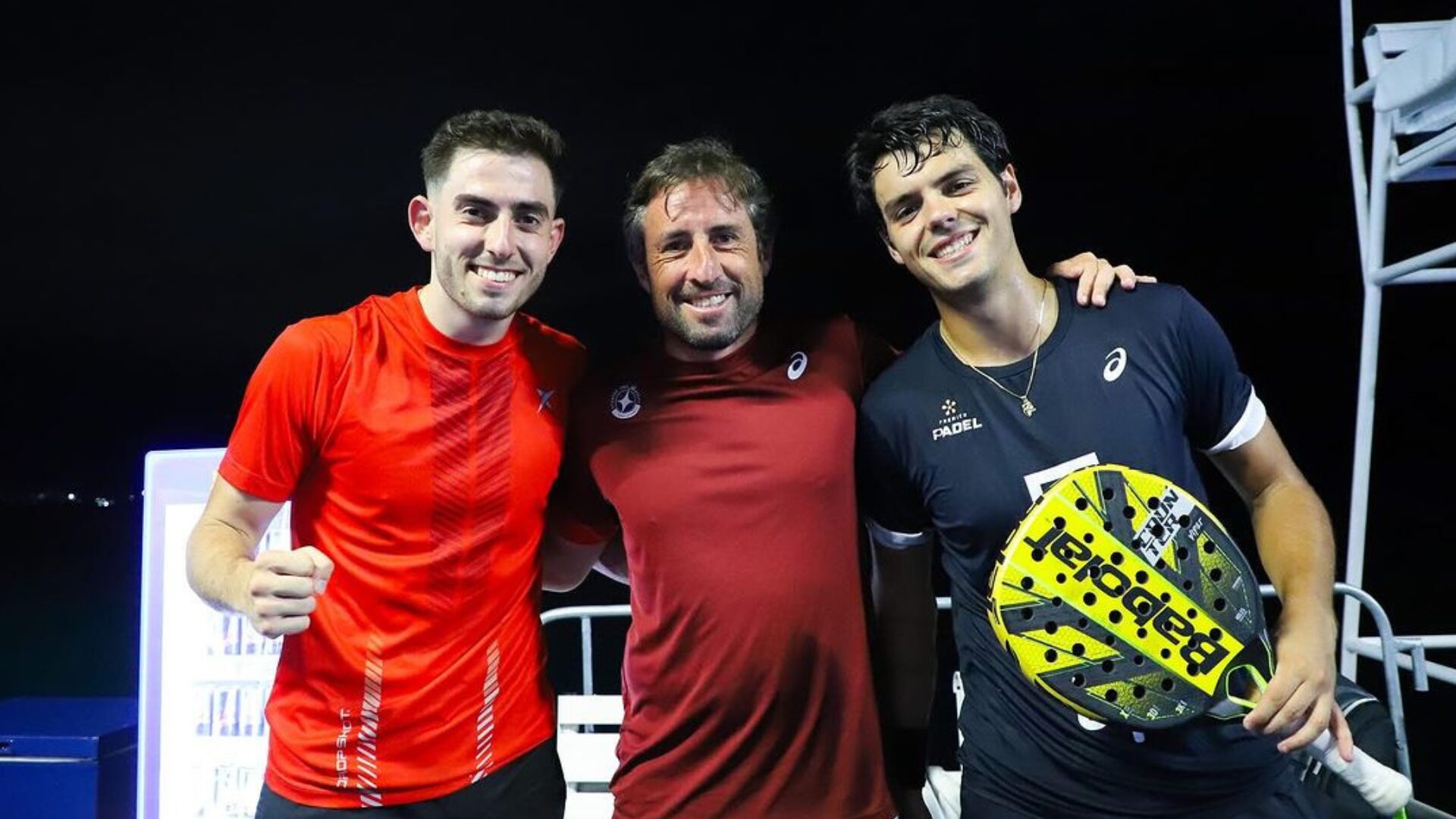 Premier Padel Brussels P2 – Sanz and Nieto win a big fight against Lebron / Navarro!
Premier Padel Brussels P2 – Sanz and Nieto win a big fight against Lebron / Navarro! Premier Padel Brussels P2 – The break obviously did Sanchez / Josemaria good!
Premier Padel Brussels P2 – The break obviously did Sanchez / Josemaria good!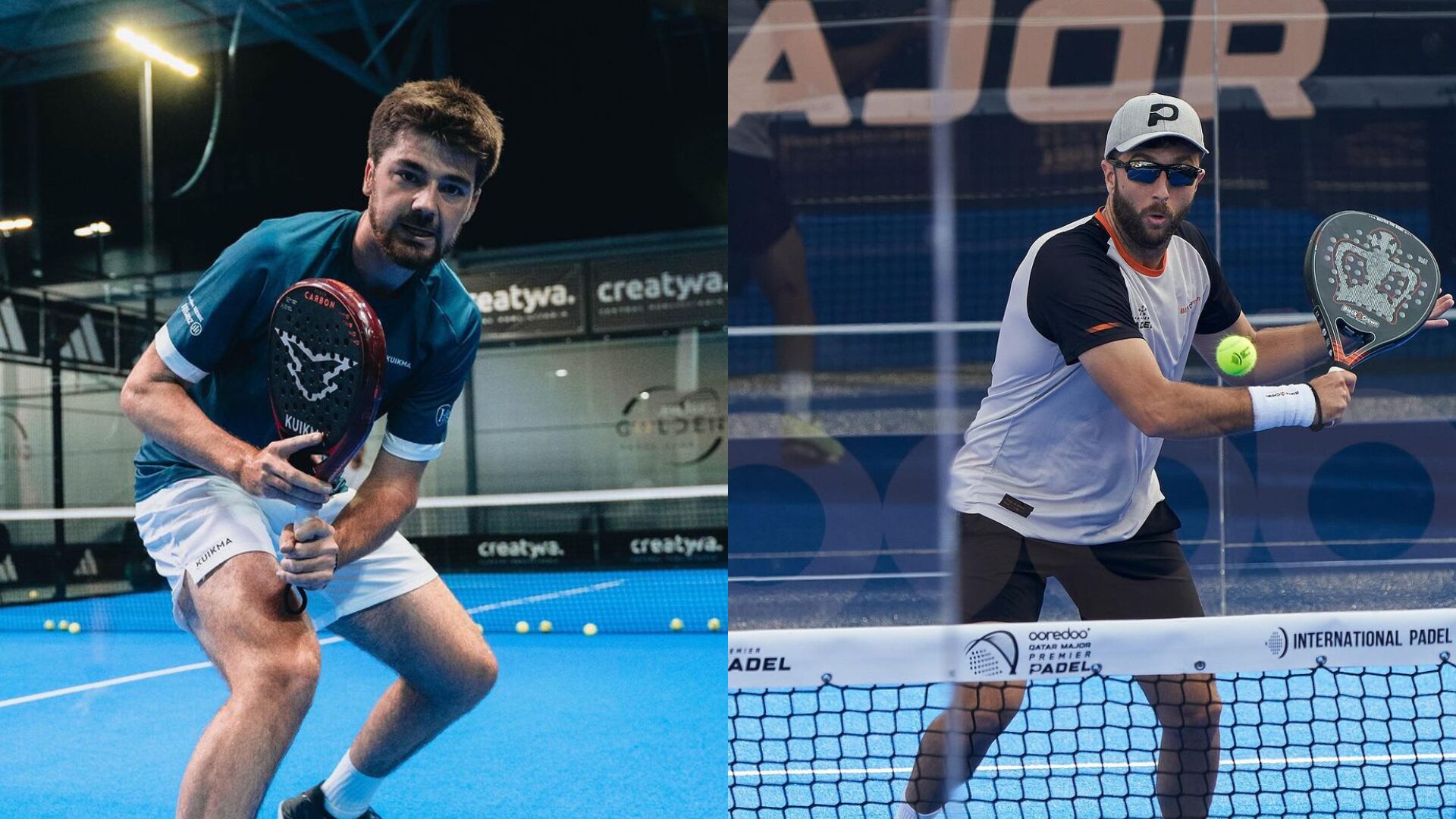 Premier Padel Sevilla P2 – From the waiting list to previas for Dylan Guichard and Ricardo Martinez!
Premier Padel Sevilla P2 – From the waiting list to previas for Dylan Guichard and Ricardo Martinez! Guillaume Codron de Sud Padel : “A family project”
Guillaume Codron de Sud Padel : “A family project” Nallé Grinda: “Democratize the padel in the USA with PadelX "
Nallé Grinda: “Democratize the padel in the USA with PadelX " Simon Boissé: “We know that there are two nations in front of us”
Simon Boissé: “We know that there are two nations in front of us” Marie Maligo: “This period of frequent changes of partners was beneficial for me”
Marie Maligo: “This period of frequent changes of partners was beneficial for me” Gilles Moretton: “We will be able to put the padel at the level of tennis”
Gilles Moretton: “We will be able to put the padel at the level of tennis” Two P1000 doubled prize money approaching!
Two P1000 doubled prize money approaching! José Manuel Escin at the inauguration of Casa Padel DOS: “Finally, and thank you!”
José Manuel Escin at the inauguration of Casa Padel DOS: “Finally, and thank you!”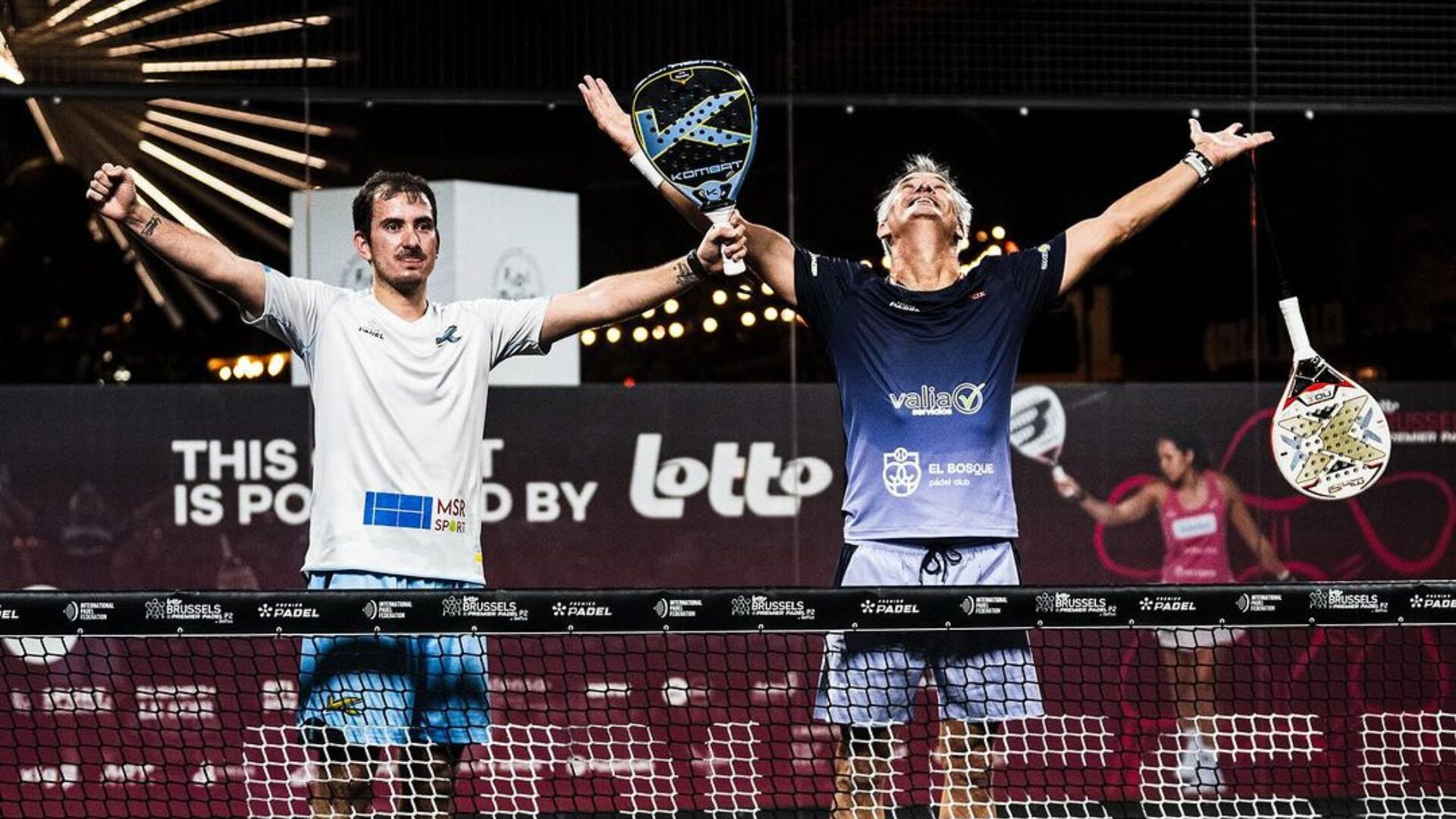 Miguel Lamperti: three tie-breaks and a return to the quarter-finals!
Miguel Lamperti: three tie-breaks and a return to the quarter-finals!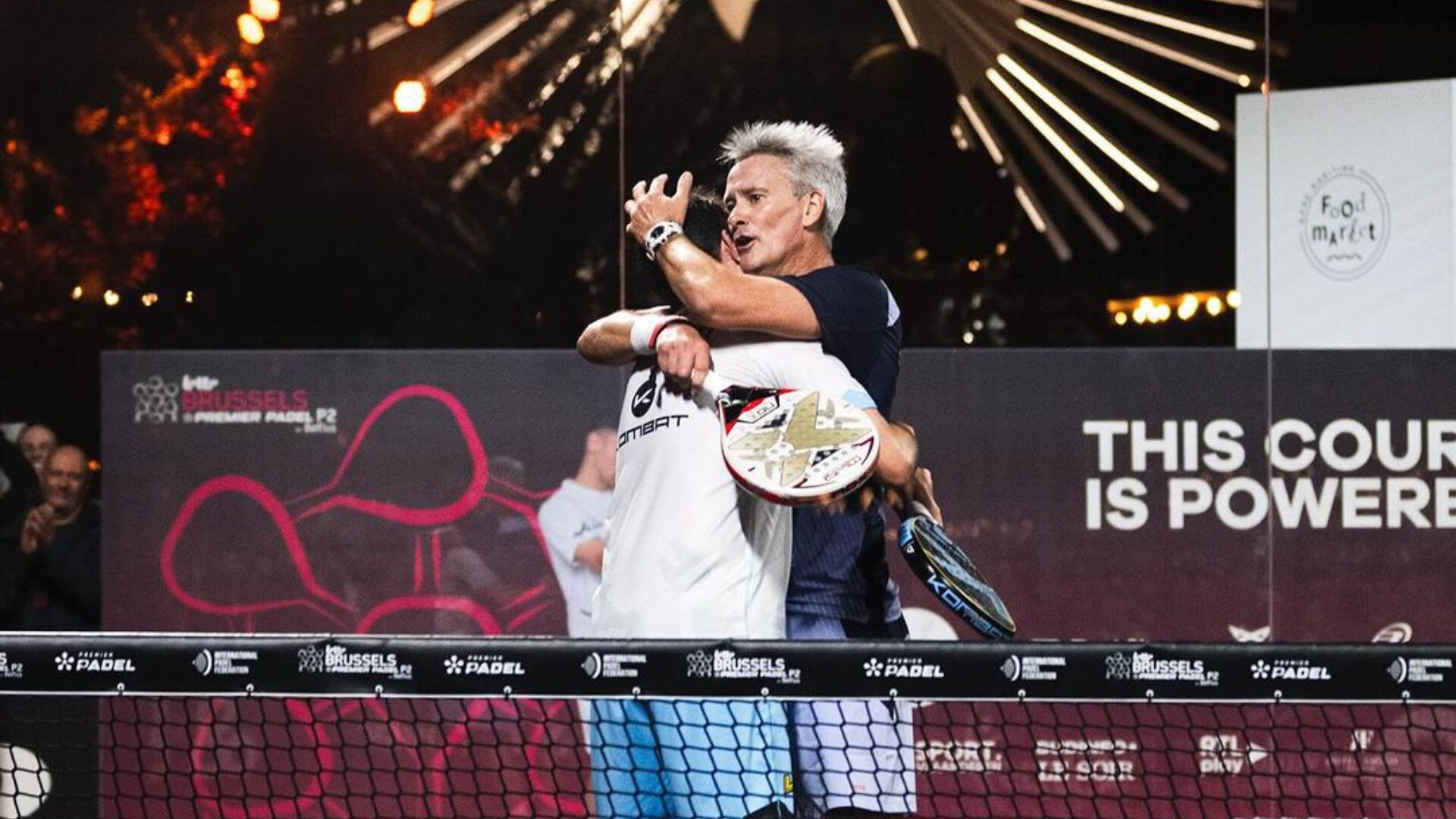 Big evening in Brussels with two seeded players on the mat, heckled number 1s…
Big evening in Brussels with two seeded players on the mat, heckled number 1s…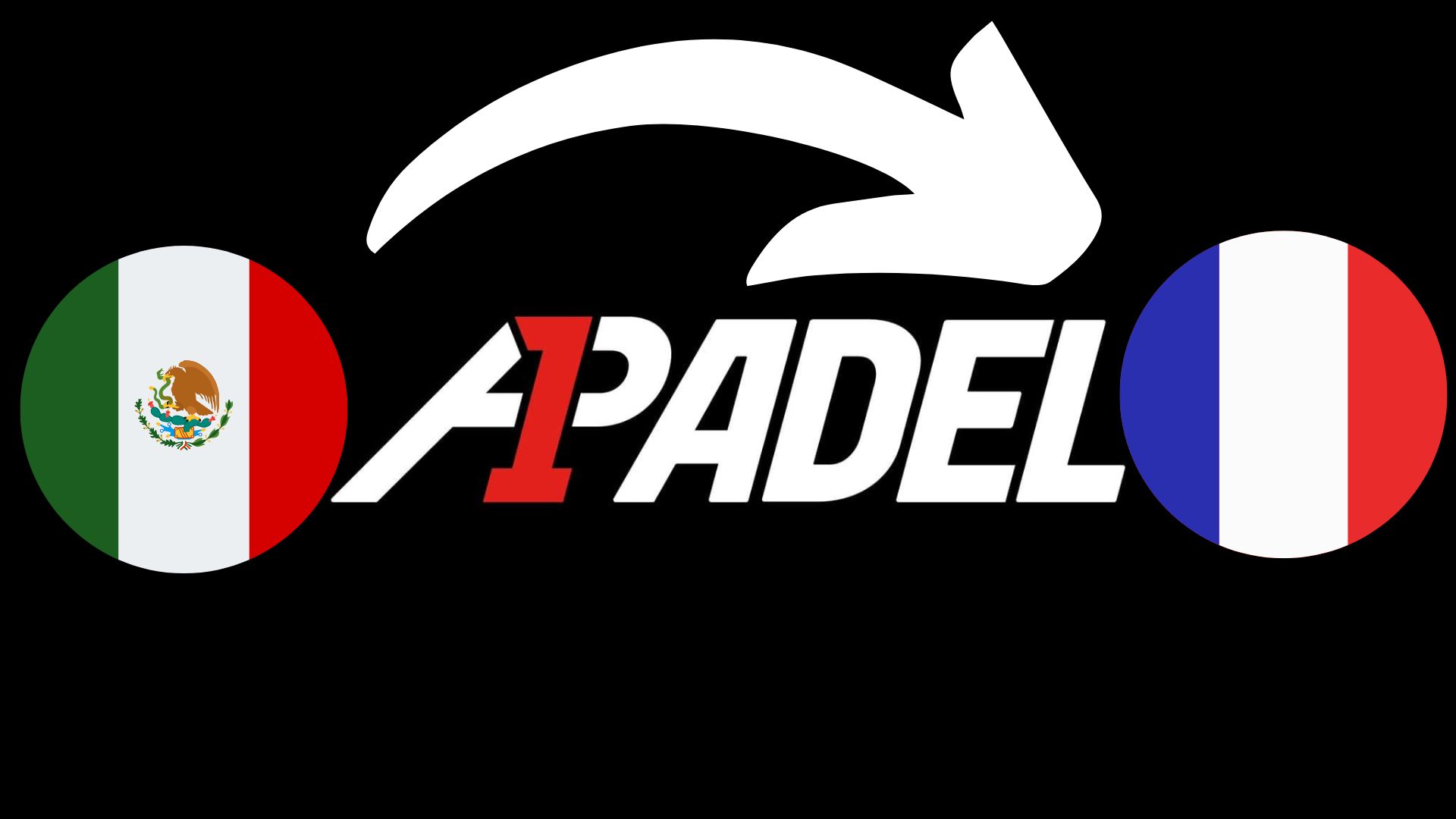 A1 Padel – the French Open replaces the Mexican Open on the calendar
A1 Padel – the French Open replaces the Mexican Open on the calendar Padel Score comes to Tahiti for American Express Padel Cup!
Padel Score comes to Tahiti for American Express Padel Cup! Do you know the Rafa Nadal Academy Tour?
Do you know the Rafa Nadal Academy Tour? Play at padel on his yacht? Possible for €233.000!
Play at padel on his yacht? Possible for €233.000! Our Top 10 training courses padel in France and Europe
Our Top 10 training courses padel in France and Europe At the heart of padel – Episode 25: Paul and Andoni answer your questions
At the heart of padel – Episode 25: Paul and Andoni answer your questions Tactical padel – What to do when faced with players who systematically stay at the bottom?
Tactical padel – What to do when faced with players who systematically stay at the bottom? The basic tactics of padel
The basic tactics of padel At the heart of padel – Episode 25: Paul and Andoni answer your questions
At the heart of padel – Episode 25: Paul and Andoni answer your questions At the heart of padel – Episode 23: defend the window well
At the heart of padel – Episode 23: defend the window well Prohibition on playing topless Padel : the reasons
Prohibition on playing topless Padel : the reasons FIP Tour – Going far from Europe, THE strategy to earn points!
FIP Tour – Going far from Europe, THE strategy to earn points! What is a good football player? padel ?
What is a good football player? padel ? “Lefties give me headaches when I play against them!”
“Lefties give me headaches when I play against them!” At the heart of padel – Episode 14: how to earn points in winter?
At the heart of padel – Episode 14: how to earn points in winter? A par 4 is always a winner...even if you manage to defend it!
A par 4 is always a winner...even if you manage to defend it! Carbon fiber VS fiberglass: what to choose?
Carbon fiber VS fiberglass: what to choose? How to effectively test a racket padel ?
How to effectively test a racket padel ? La padel to fight Parkinson's disease
La padel to fight Parkinson's disease Don't play with a cracked or broken racket, your body will thank you!
Don't play with a cracked or broken racket, your body will thank you! Michel Cymes: “The padel, physically, it’s serious!”
Michel Cymes: “The padel, physically, it’s serious!” Jeremy Gala: “Promote the padel among young people in Belgium remains a challenge”
Jeremy Gala: “Promote the padel among young people in Belgium remains a challenge” The French Touch Academy organizes its selection day Padel-Study
The French Touch Academy organizes its selection day Padel-Study Report on the detection and training of younger generations
Report on the detection and training of younger generations